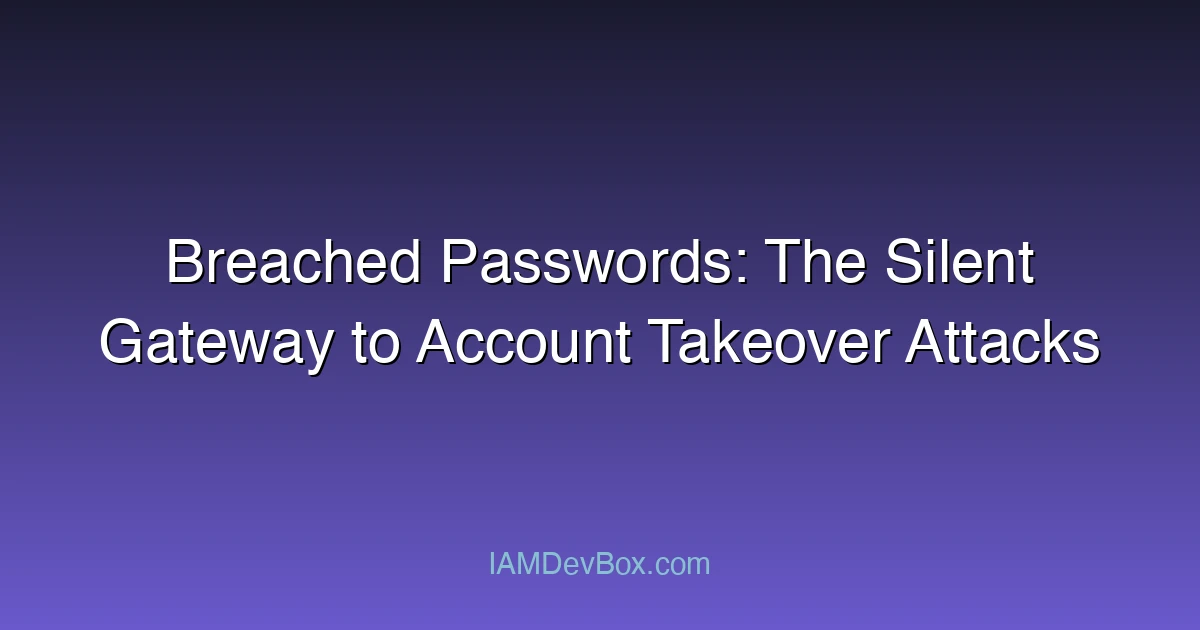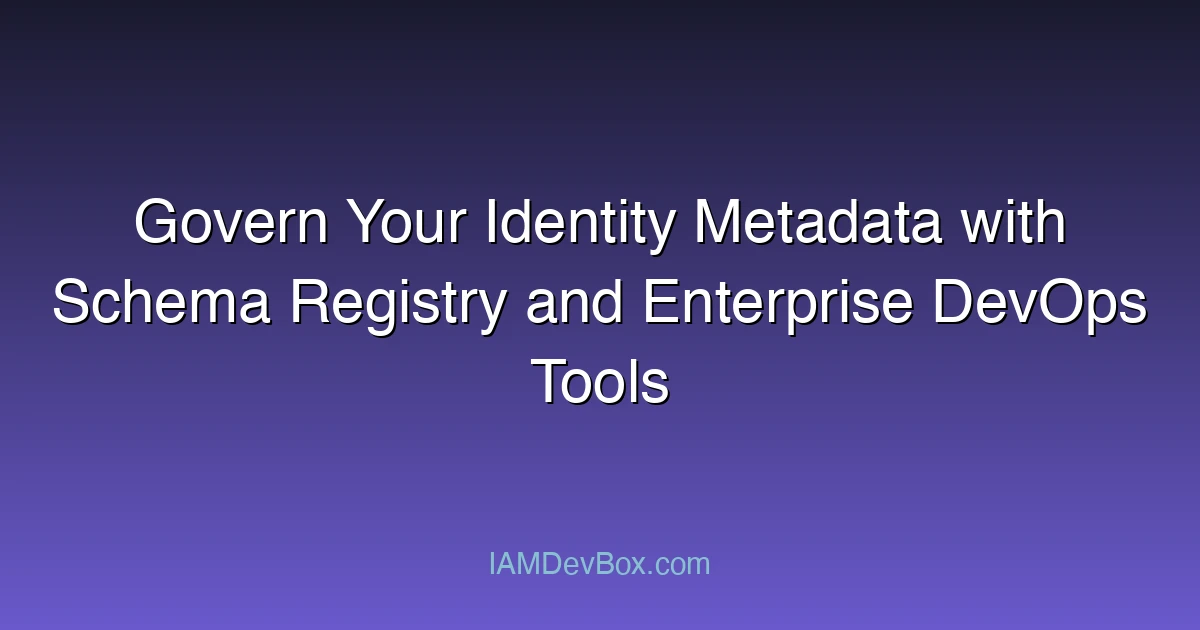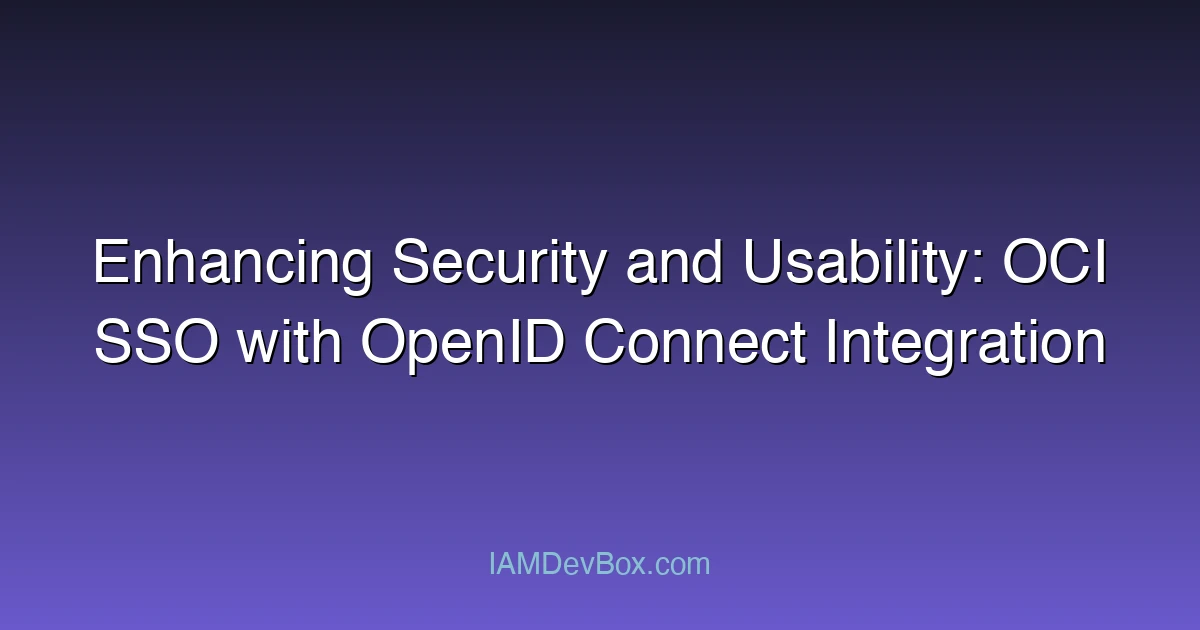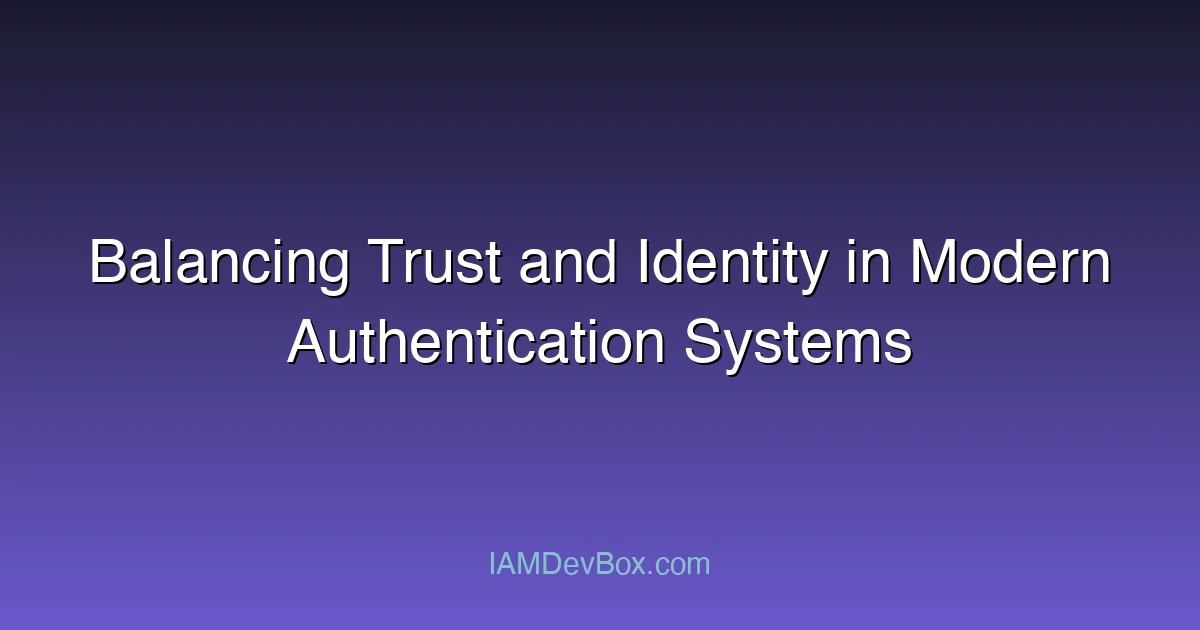
Breached Passwords: The Silent Gateway to Account Takeover Attacks
Visual Overview: graph TB subgraph "Authentication Methods" Auth[Authentication] --> Password[Password] Auth --> MFA[Multi-Factor] Auth --> Passwordless[Passwordless] MFA --> TOTP[TOTP] MFA --> SMS[SMS OTP] MFA --> Push[Push Notification] Passwordless --> FIDO2[FIDO2/WebAuthn] Passwordless --> Biometric[Biometrics] Passwordless --> Magic[Magic Link] end style Auth fill:#667eea,color:#fff style MFA fill:#764ba2,color:#fff style Passwordless fill:#4caf50,color:#fff In the ever-evolving landscape of cybersecurity, one threat stands out as particularly insidious: Account Takeover (ATO) attacks. These attacks exploit the widespread use of weak, reused, or breached passwords, enabling attackers to gain unauthorized access to user accounts. Once an attacker controls an account, the consequences can be severe, ranging from financial loss to reputational damage. In this blog post, we’ll delve into how breached passwords pave the way for ATO attacks, explore real-world examples, and discuss strategies to mitigate this growing threat. ...


















